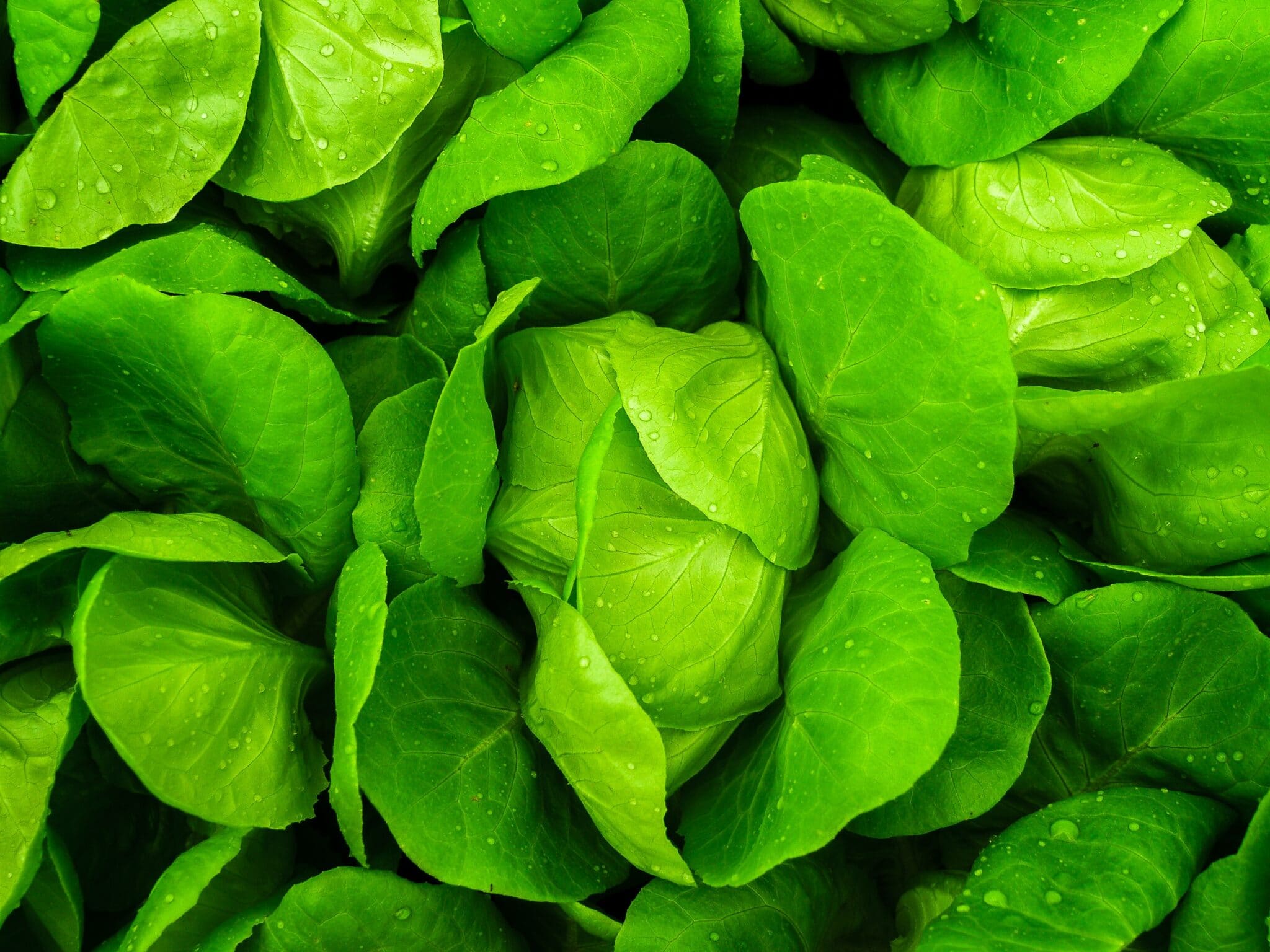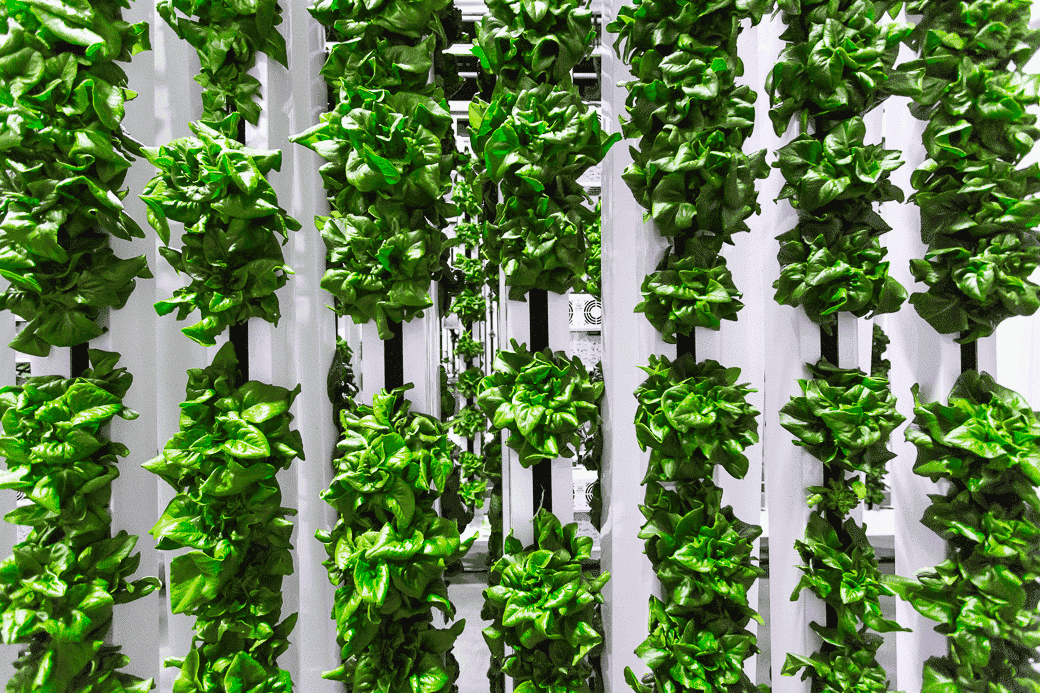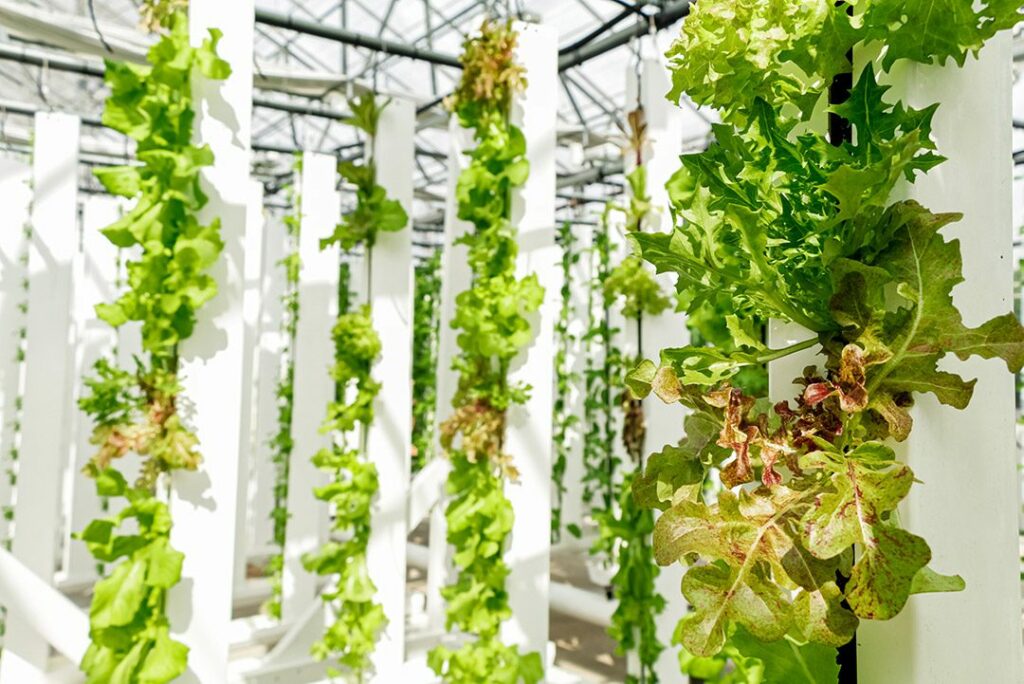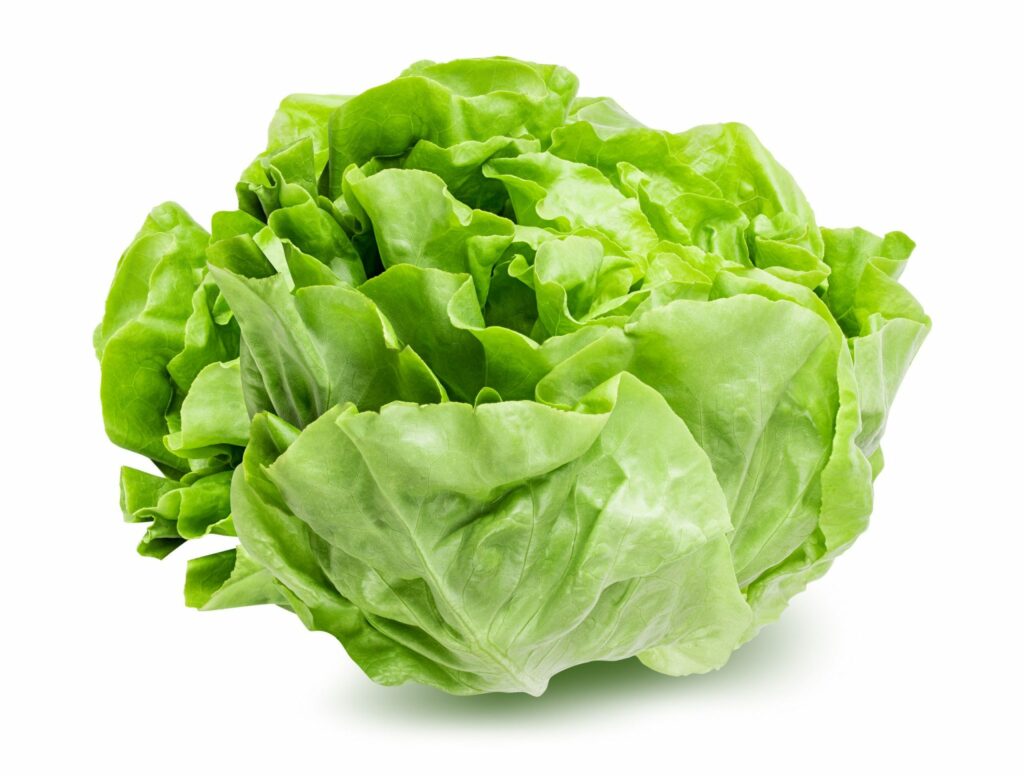Lettuce is one of the most popular crops in the world. Most restaurants will have a number of lettuce varieties on their menu, most grocery carts will include a head lettuce or bag of mixed greens. Lettuce is relatively easy to grow and has a reasonably quick turn time. The ongoing demand from CSAs, wholesale outlets, and restaurants means it is a popular crop for ZipGrow farmers.
Quick Facts
Genus: Lactuca
Species: Sativa
Annual world production: around 25 million tonnes
Total turn time in ZipGrow Towers: six to eight weeks
Loves: all growing methods, limited handling, all types of salad dressing
Hates: aphids, high temperatures, slimy leaves
Used for: salads, sandwiches, juices, lettuce wraps, even barbequed and braised

Seeds and Germination
Lettuce grows great from seed, and all suppliers will sell a number of varieties. More common varieties include Cos, Romaine, Iceberg and Mesclun mixes. There are also plenty of more unique and heirloom varieties out there as well, including Cimmaron, Deer Tongue, Bronze Beauty and one of our personal, lesser-known favorites, Forellenschluss.
Most seeds germinate in four to twelve days in a seedling station and are then ready to transplant into towers. You can also grow lettuce as a microgreen using our BioStrate felt.
Growth and Harvest
Once germinated, most seedlings are ready to be transplanted into towers after 10 to 14 days, and harvest another four to five weeks. So the total turn time from seed to harvest is between six and eight weeks.
Most lettuces are harvested completely; removing the whole head for sale. The towers then need to be replanted with a new set of seedlings.
Harvest quantities are largely dictated by the variety of lettuce, but between 0.7 and 1 pound per foot of tower is average. You can read more about lettuce in ZipGrow’s Quick Crop Guide.

Conditions
Lettuce loves moderate and consistent temperatures; ideally 65°F but between 45 and 75°F is the average range. Lettuce will do well with 14 to 18 light hours per day, and in a pH range of 5.5 to 6.5. EC/PPM should be between 1.0-1.6/500-800.
Pests and Disease
Lettuce is susceptible to aphids leaf miners, and powdery mildew. Like anything, close observation is key to pest management. Any issues should be dealt with immediately with appropriate spraying or alternative means.

Harvest and Storage
Lettuce can be harvested quickly as a batch by taking the whole head. (Many growers harvest the entire plant, including the roots, which can extend shelf life if the growing technique facilitates it.) For growers using ZipGrow Towers, a harvesting knife used to cut each head where it meets the face of the Tower is best.
Make sure you don’t let lettuces bolt – you need to keep a close eye on your planting times and your crops to ensure that it is being harvested once it is mature, but before it bolts.
Lettuce, with so much transpiration and moisture, can be tricky to store for more than a few days before it starts wilting, or worse—gets slimy. Growers need to ensure lettuce is kept cold (32-35°F is ideal) but not at freezing levels when being stored. Lettuce requires humidity to keep from drying out, but condensation or heavy moisture on the leaves is detrimental. The best thing that producers can do to avoid condensation is to keep temperatures very consistent.
Process as minimally as you can and, if possible, don’t wash the lettuce before delivery—leave that to the user to do before food preparation.
The next steps are now to get growing! Check out our Farm Walls as a great place to start growing lettuce at home.






